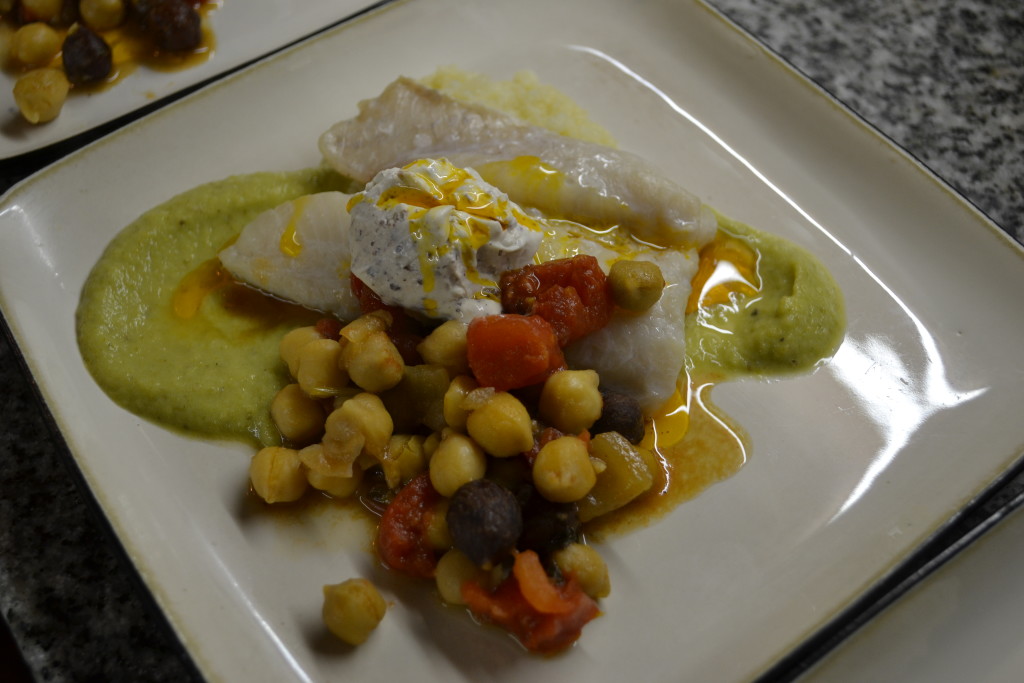On Sunday supplement
Food and Wine
It’s by far the most common fish found in markets here in Buenos Aires, and often the only fish found in many supermarkets (invariably frozen and often breaded). In consequence, it’s also the most over-fished pescado in Argentine waters, with stocks of adult fish depleted over the last decade by roughly 80% (though experts say it’s a prolific enough fish it will never disappear). It’s the Merluccius hubbsi, the merluza, or, in English, the hake. Not to be confused with the completely unrelated merluza negra, the Patagonian toothfish, what we usually market as Chilean sea bass, it’s a member of the same family as cod, haddock and pollack, it’s also processed into fish sticks, fake crab, and probably airplane glue.
If you walk into any Argentine style restaurant, from a parrilla to a place specializing in one-plate specials, minutas, you’ll find this fish. Generally it’s fried, and often to a point where it approaches the texture of biscotti. Served up with a wedge or two of under-ripe lemon (why are they always under-ripe?), or perhaps covered in a dense white sauce, and sprinkled with a shred or two of chopped parsley. Here and there a marvel of a dish is produced, often calling to mind the Italian, Spanish and Portuguese roots of the majority population, and cuisines where the preparation of hake is raised to an art form.
The best thing about a simple, clean tasting white fish like hake is that it is a canvas for other flavors. As such, the overly simple treatments that one often finds leave the impression that it’s all oh so bland. This is the time for a bit of boldness, a moment to experiment with herbs and spices, letting the fish carry the flavors to your palate. Paint away on that canvas!
Merluza con Puré de Zapallitos
This dish was inspired by Chef David LeFevre of Los Angeles’ Water Grill, but adapted for local ingredients and flavors, and lightened up all around.
2 zapallitos redondos (globe zucchini), diced
2 cloves garlic, chopped
1 shallot, chopped
½ teaspoon ground coriander
½ teaspoon ground cumin
60 ml white wine
120 ml vegetable stock
100 ml plain yogurt
olive oil
1 teaspoon pink peppercorns, crushed
salt to taste
4 fillets of merluza
In a splash of olive oil saute the garlic and shallot until softened, 2-3 minutes. Add the coriander, cumin and zapallitos and cook over medium heat until the vegetable pieces are completely softened. (Note: regular zucchini (zapallito largo), or yellow summer squash are both perfectly good substitutes if you prefer.) Add the white wine and continue cooking until it’s absorbed. Put the whole mixture in a blender with the vegetable stock and about 3 tablespoons of the yogurt and puree it until smooth. Add salt to taste.
Mix the rest of the yogurt with the crushed pink peppercorns and again add salt to taste.
Lightly oil a baking dish and place the fish fillets on it. Drizzle a little more olive oil over the top and sprinkle with salt. Bake in a medium-hot oven (180°C) until cooked through, about 7-8 minutes. Serve each fillet over a generous portion of the puree, and then top with a scoop of the yogurt. This is also great accompanied by a saute of chickpeas, which gives me my topic for next week’s column. Stay tuned.
A series of recipes and articles that I started writing for the Buenos Aires Herald Sunday supplement, Food & Wine section, at the beginning of 2012. My original proposal to them was to take local favorite dishes and classics and lighten them up for modern day sensibilities. We’re not talking spa or diet recipes, but at the very least, making them healthier in content, particularly salt, fat and portion size. As time went by, that morphed into a recipe column that, while emphasizing food that is relatively “good for you”, wasn’t necessarily focused on local cuisine. At the beginning of 2013 I decided to stop writing for them over some administrative issues, but it was fun while it lasted.
